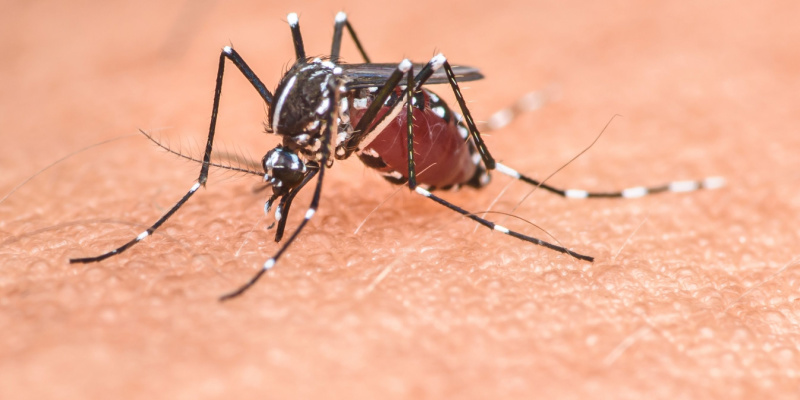Mosquitoes are not just a minor nuisance; they can also be a significant health hazard, spreading diseases like Zika, West Nile virus, and malaria. If you’re dealing with a mosquito problem in your yard or community, it’s crucial to take comprehensive steps to mitigate the issue. Here’s a detailed guide on how to effectively get rid of a mosquito problem, focusing on strategies that can be applied in areas like Pickerington, OH, and beyond.
Step 1: Identify and Eliminate Breeding Sites
The most effective way to reduce the mosquito population is to eliminate their breeding grounds. Mosquitoes can breed in any standing water, so it’s essential to:
- Regularly empty water from flower pots, bird baths, buckets, and barrels.
- Check for clogged rain gutters and clean them out.
- Remove old tires or store them in a way that doesn’t allow water to collect inside.
- Cover trash containers to keep out rainwater, and drill holes in the bottom of recycling containers to allow water to drain.
- Change the water in pet dishes and replace the water in bird baths weekly.
- Repair leaky outdoor faucets and move anything that can hold water.
Step 2: Use Biological Controls
Biological control methods involve using natural predators or biological agents to reduce mosquito populations:
- Introduce larvivorous fish into ornamental ponds. Species such as Gambusia, or “mosquito fish,” feed on mosquito larvae.
- Use bacterial products like Bacillus thuringiensis israelensis (Bti), a naturally occurring bacterium that kills mosquito larvae but is safe for pets, birds, and humans.
Step 3: Apply Insecticides Responsibly
When natural and preventive measures are not enough, insecticides can help control mosquito populations:
- Use larvicides in water bodies that cannot be drained or covered.
- Apply adulticides to kill adult mosquitoes. This is often best done by professionals who can target the application to minimize environmental impact and avoid beneficial insects.
Step 4: Personal and Home Protection
Protect yourself and your home from mosquitoes by:
- Installing or repairing screens on windows and doors to keep mosquitoes out.
- Using air conditioning when possible, as mosquitoes are less likely to enter cooler, air-conditioned spaces.
- Applying EPA-approved insect repellents containing DEET, picaridin, IR3535, or oil of lemon eucalyptus when spending time outdoors.
- Wearing long sleeves and pants during dawn and dusk or when in areas with high mosquito activity.
Step 5: Encourage Community Action
Mosquito control is most effective when the entire community participates:
- Work with neighbors to ensure that everyone is taking steps to eliminate standing water and reduce breeding sites.
- Participate in or organize community clean-up days to tackle common breeding grounds like ditches, parks, and vacant lots.
- Engage with local government or mosquito control districts to support area-wide control efforts and to stay informed about any public health advisories.
Step 6: Professional Mosquito Control Services
For persistent or severe mosquito problems, professional mosquito control services can offer more comprehensive solutions:
- Professionals can conduct thorough property inspections to identify hidden breeding sites.
- They can apply barrier treatments that provide lasting protection against adult mosquitoes.
- They offer specialized treatments for unique situations, such as large events or sensitive areas near water bodies.
Getting rid of a mosquito problem requires a multi-faceted approach, combining environmental management, biological control, responsible use of insecticides, personal protection, community involvement, and, when necessary, professional services. By following these steps, you can significantly reduce mosquito populations in your area, making your outdoor spaces more enjoyable and safer for everyone.

